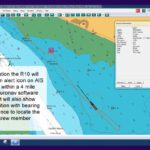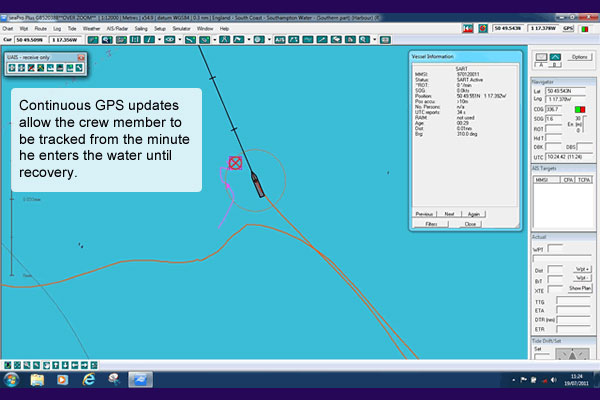The revolutionary new SafeLink R10 SRS (Survivor Recovery System) is the first of its kind, a personal AIS (Automatic Identification System) device to assist in survivor recovery.













The revolutionary new SafeLink R10 SRS (Survivor Recovery System) is the first of its kind, a personal AIS (Automatic Identification System) device to assist in survivor recovery.
How The SafeLink R10 Works
The SafeLink R10 must be mounted on a lifejacket using the attachment clips provided, prior to going to sea. In an emergency situation, the R10 may be activated in two ways:
The SafeLink R10 will then transmit target survivor information, including structured alert messages, GPS position information and a unique serialised identity number back to the vessel’s on-board AIS plotter. An inbuilt high-precision GPS receiver provides accurate position information to assist in the quick recovery of survivors.
What Makes The SafeLink R10 Stand Out
User registration of any kind is not a requirement for personal AIS beacons. This is because they are not first alerting devices in the same way that an EPIRB or PLB is. When the R10 is activated it provides ID and its GPS location broadcast only to other vessels with AIS in the close area (range 2 to 4NM typical). The SafeLink R10 is not meant to cause a distress emergency in the full meaning of maritime law (PLBs and EPIRBs do that). Rather, its purpose is to provide a localised signal to guide an informed search and rescue response on the man-overboard, once they come within AIS/radio range.
ENVIRONMENTAL
BATTERY
OPERATION

Den svenska hemsida är under uppbyggnad
Kommer snart